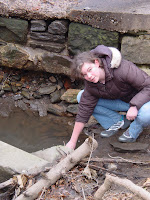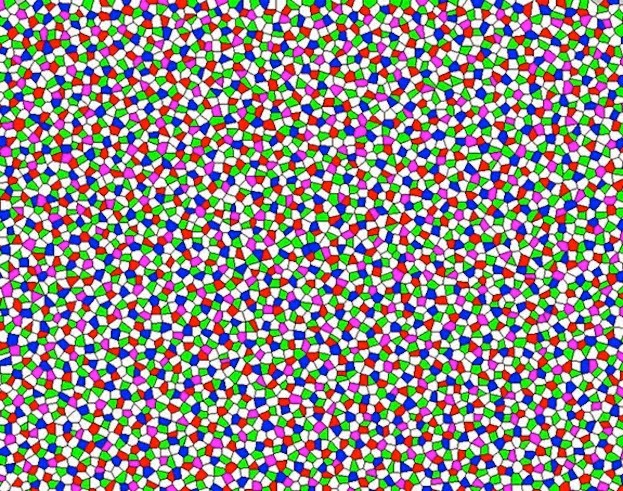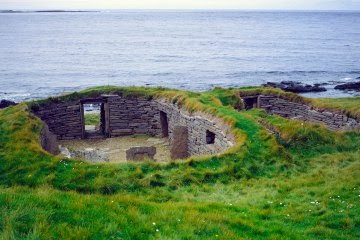
After collecting water samples of the runoff leading into the Wissahickon we begin our work in analyzing the samples to assess the health of our local aquatic ecosystem. In the next week, we will be analyzing the samples for pH, dissolved oxygen content, nitrates and phosphates, turbidity, and coliform bacteria.
BlogWork
Research Question: Where is Lake Baikal and why is it such a unique ecosystem? What are some of the ecological threats facing Lake Baikal?





